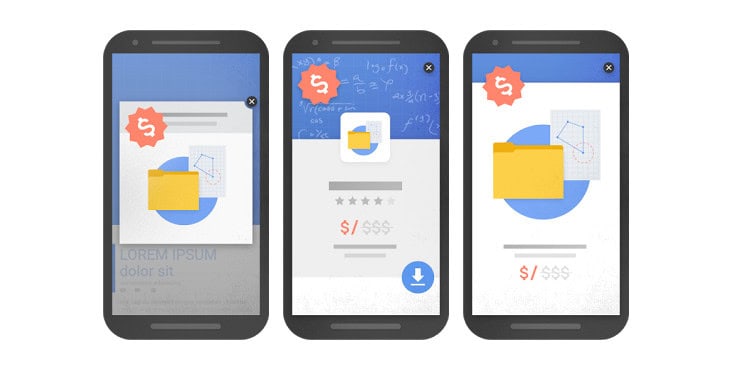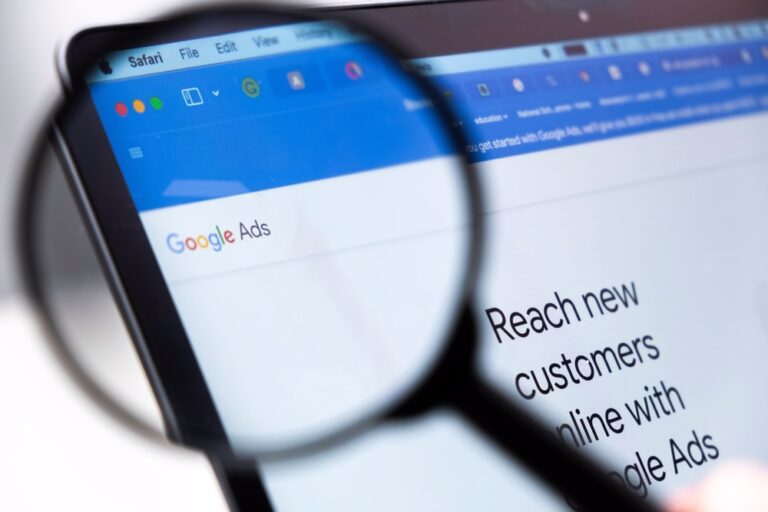Google has announced that come January 10th 2017, it will crack down on “intrusive interstitials” to make way for a more mobile-friendly online world.
Over the past few years, Google has made many moves to further its focus on great mobile search experiences, and this move will penalise any websites using interstitials that are deemed to be intrusive and annoying on mobile devices.
Google is working on making mobile search results more useful, and to make an easier experience for users to find desired content. If your website offers web pages which make the content hard to access due to interstitials, then you could receive lower rankings from January.
Despite the fact many websites have now adopted mobile-responsive web designs that are readable and accessible without zooming in, intrusive interstitials are still there. Content beneath these can still be indexed by Google, but is often obscured to the user unexpectedly.
Google is looking to promote websites that offer access to content immediately, without an interstitial taking up room on mobile devices where the screens tend to be small. Mobile-friendliness is still a ranking signal, so it’s essential your website is optimised for mobile devices to achieve higher mobile rankings.
Interstitials that Google deems to be a problem include:
- Showing a popup that covers the main content, either immediately after the user navigates to a page from the search results, or while they are looking through the page.
- Displaying a standalone interstitial that the user has to dismiss before accessing the main content.
- Using a layout where the above-the-fold portion of the page appears similar to a standalone interstitial, but the original content has been inlined underneath the fold.

However, Google will not penalise the following examples, if used responsibly:
- Interstitials that appear to be in response to a legal obligation, such as for cookie usage or for age verification.
- Login dialogs on sites where content is not publicly indexable. For example, this would include private content such as email or unindexable content that is behind a paywall.
- Banners that use a reasonable amount of screen space and are easily dismissible. For example, the app install banners provided by Safari and Chrome are examples of banners that use a reasonable amount of screen space.

Google has introduced these new measures after introducing a signal checking for interstitials related to mobile app installations – and is now broadening this to interstitials in general. Mobile app install interstitials will now be included in this new signal in Search.
It does show that Google is interfering with how a brand acquires an audience, such as through email newsletter sign-ups. Weighing this choice up against potential lower rankings is something many marketers will need to consider – though it won’t be clear how major of a ranking signal it will be until it launches in 2017.
It’s worth remembering, however, that this is simply one signal amongst hundreds that Google uses. The actual intent behind the search query is still one of the strongest – so if you provide relevant, useful content, you can still rank highly.












